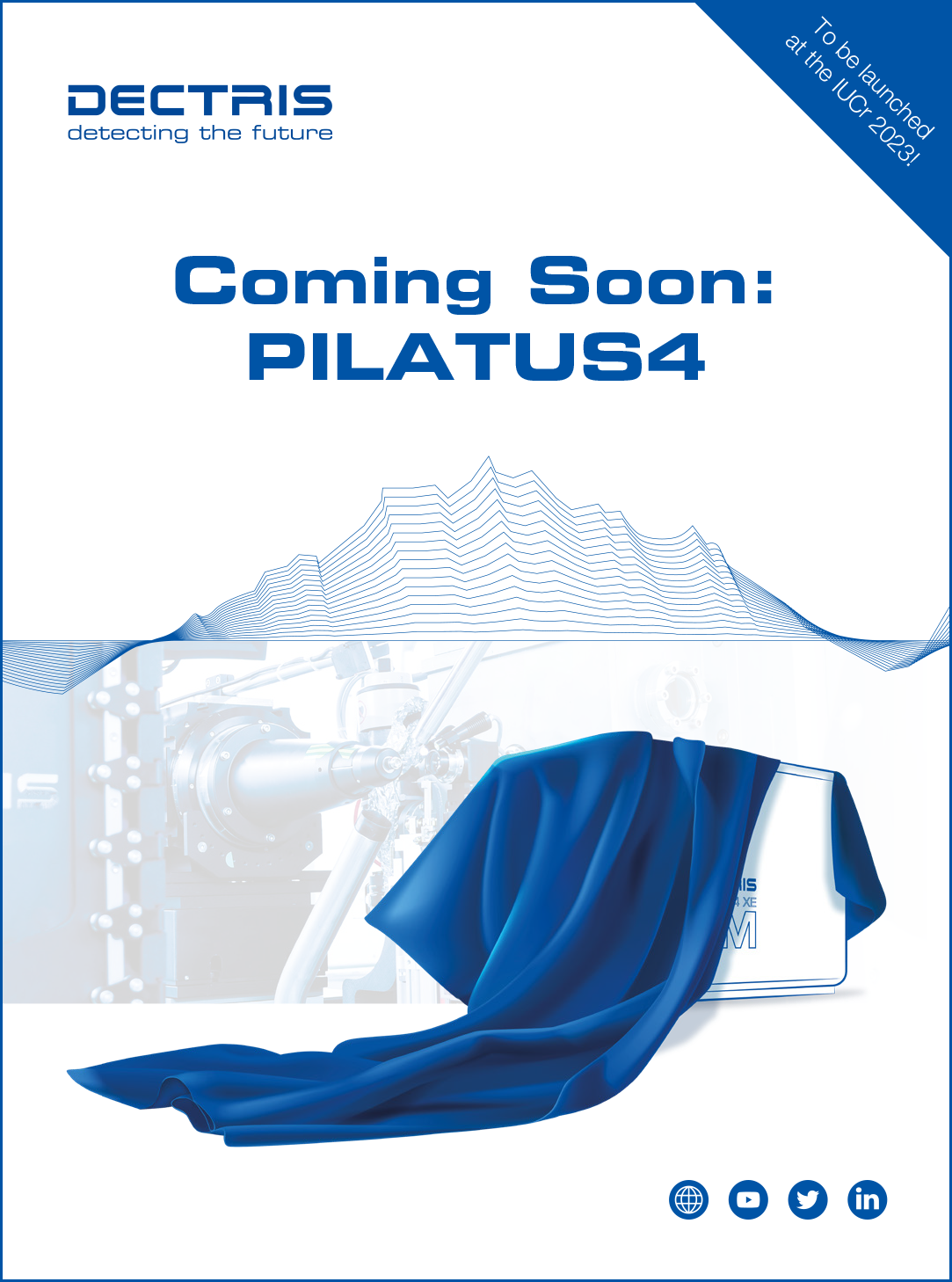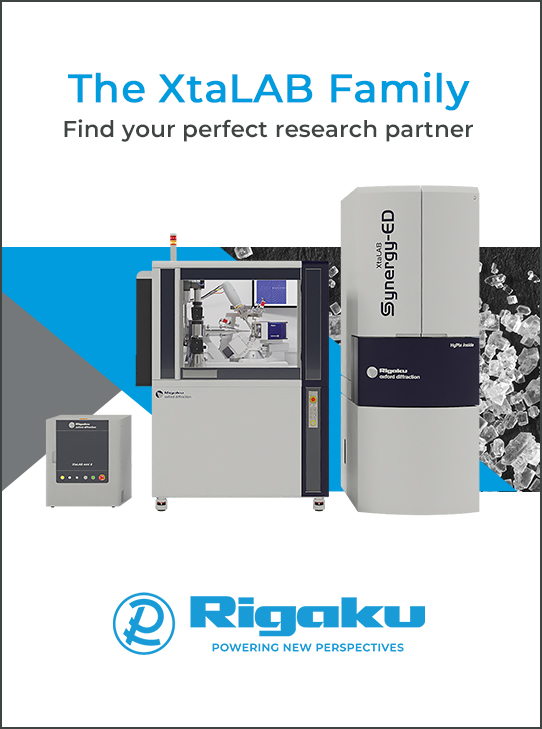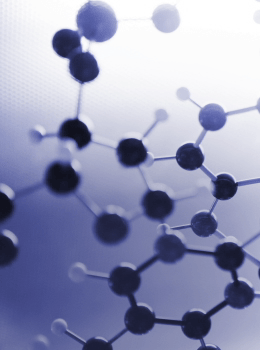


Meeting report (IUCr supported)
17th Conference of the Asian Crystallographic Association
![Thumbnail [Thumbnail]](https://www.iucr.org/__data/assets/image/0003/156270/thumbnail.jpg)
The 17th Conference of the Asian Crystallographic Association (AsCA2022) was held between 30 October and 2 November 2022 on the island of Jeju, South Korea, and was followed by satellite meetings on 3 and 4 November. The conference venue, the Ramada Plaza, proved to be an excellent choice by the organisers, with outstanding oral and poster presentation facilities, and an exhibition space with a wonderful sea view proving to be a very popular networking space at coffee breaks.
During the Opening Ceremony on Sunday 30 October, delegates were promised an exciting program, with three plenaries, nine keynotes and 18 microsymposium talks distributed between the three general streams of Structural Biology, Chemical Crystallography and Materials Science, and Specialized Techniques. It was clear that the organising committees had worked extremely hard during challenging times to bring together a strong lineup of 107 speakers, with an emphasis on great diversity and gender equity. The scientific program included plenary lectures by Hanna Yuan (Taiwan), Hiroshi Kitagawa (Japan) and Hyotcherl Ihee (Korea), as well as keynote lectures by Michael J. Eck (USA), Hoi Ri Moon (Korea), Pimchai Chaiyen (Thailand), Feng Shao (China), Partha S. Mukherjee (India), Makina Yabashi (Japan), Begoña Heras (Australia), Hyunjung Kim (Korea) and Yanming Ma (China).
The conference launched with a plenary by Professor Hanna Yuan (Academia Sinica, Taiwan) on “Structural Insights into the Decay of Mitochondrial RNA and DNA in Health and Disease”. Professor Yuan detailed the role of mitochondrial enzymes in removing damaged or degraded mtRNA and mtDNA, in particular the role of endonuclease G in maintaining mitochondrial genome integrity. Endonuclease G activity is associated with various diseases, including neurodegeneration and cancer. Unpublished results were shared, showing several crystal structures of human endonuclease G in complex with small polyphenol compounds. As an aside, Professor Yuan described some crystals as taking half a year to grow. This is an effort well worth the wait, as these enzyme–polyphenol complexes provide a molecular basis for targeting a key mitochondrial enzyme and treating diseases that arise from its diminished or increased activity.Another highlight in the Structural Biology stream was Professor Begoña Heras’s (La Trobe University, Australia) keynote lecture on “Structural Insights into the Function and Inhibition of Bacterial Virulence Proteins”, in which she detailed her group’s work in studying autotransporters, the largest group of surface adhesins in Gram-negative bacteria and drivers for biofilm formation. Professor Heras presented recent results and structural work that has led to a recently patented biofilm inhibitor.
![[AsCA2022 Australian contingent]](https://www.iucr.org/__data/assets/image/0017/156311/20221102_12353175-cropped.jpg)
The Chemical Crystallography and Materials Science stream had a plethora of interesting talks. Emily Meekal, a doctoral candidate working in the Goodwin Group at the University of Oxford, UK, gave a fascinating talk on her work on TRUMOF-1, an example of a crystalline metal–organic framework (MOF) in which there is scope for chemical control of the occupational and orientation disorder present as a way of tuning physical and chemical properties. Ms Meekal showed that the disordered network of TRUMOF-1 could be elegantly mapped using the concept of Truchet tiles. TRUMOF-1 is the first example of a functional material exhibiting this topology, although others will surely follow.
Professor Hoi Ri Moon’s (UNIST, Korea) keynote address on “Rational design of MOF@MOF” showed the power of using a joint computational/experimental workflow to screen thousands of MOFs and identify optimal MOF pairs capable of seamlessly connecting via the co-ordination of the metal nodes of one MOF with the linkers of the second MOF. The successful synthesis of cubic/cubic and cubic/hexagonal MOF@MOFs was described, as well as composites of dimensionally (2D and 3D) and functionally (conductive and porous) different MOFs in the form of well-integrated core–shell structures. Professor Moon’s lecture concluded with a special treat for attendees: a musical MOF mash-up, i.e. a movie of a multitude of hetero-interpenetrated MOF@MOFs with musical accompaniment.
![[AsCA2022 plenary lecture]](https://www.iucr.org/__data/assets/image/0016/156310/Plenary-Lecture-Hiroshi-Kitagawa-cropped.jpg)
The care and thought that the organisers of AsCA2022 put into the program could be seen in details such as arranging a free afternoon on Tuesday 1 November to allow conference delegates an opportunity to network and explore their surroundings, before returning refreshed to attend the evening’s Plenary by Professor Hiroshi Kitagawa (Kyoto University, Japan) on “Low-Dimensional Electrons Systems in Coordination Networks”. This was followed by a superb conference dinner, notable for delicious food and extremely prompt service.
![[AsCA2022 dinner]](https://www.iucr.org/__data/assets/image/0006/156309/AsCA2022-dinner.jpg)
The strong level of support given to young scientists at AsCA2022 was obvious at the Closing Ceremony when eight Rising Star and seven Travel awards were presented to very well-deserving recipients. Prizes for the various Exhibitor competitions were then awarded to much excitement in what proved to be an extremely lively way to close out AsCA2022 in Jeju.
Feedback from attendees emphasised that AsCA2022 was a highly successful meeting and a welcome return for many to in-person conferences.
![[AsCA2022 Council meeting]](https://www.iucr.org/__data/assets/image/0018/156312/AsCA2022-Council-meeting.jpg)
Dr Rachel Williamson is Principal Scientist MX at the Australian Synchrotron, ANSTO-Melbourne, Australia.
Copyright © - All Rights Reserved - International Union of Crystallography







